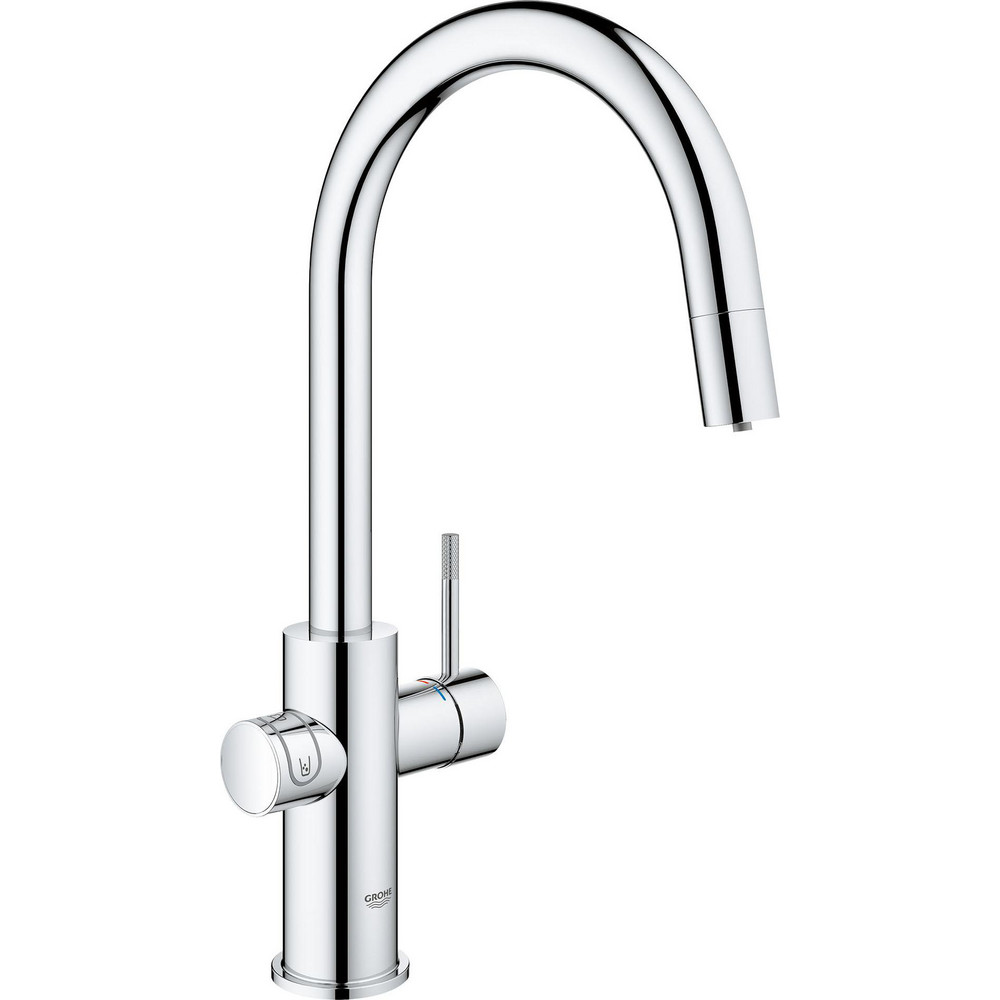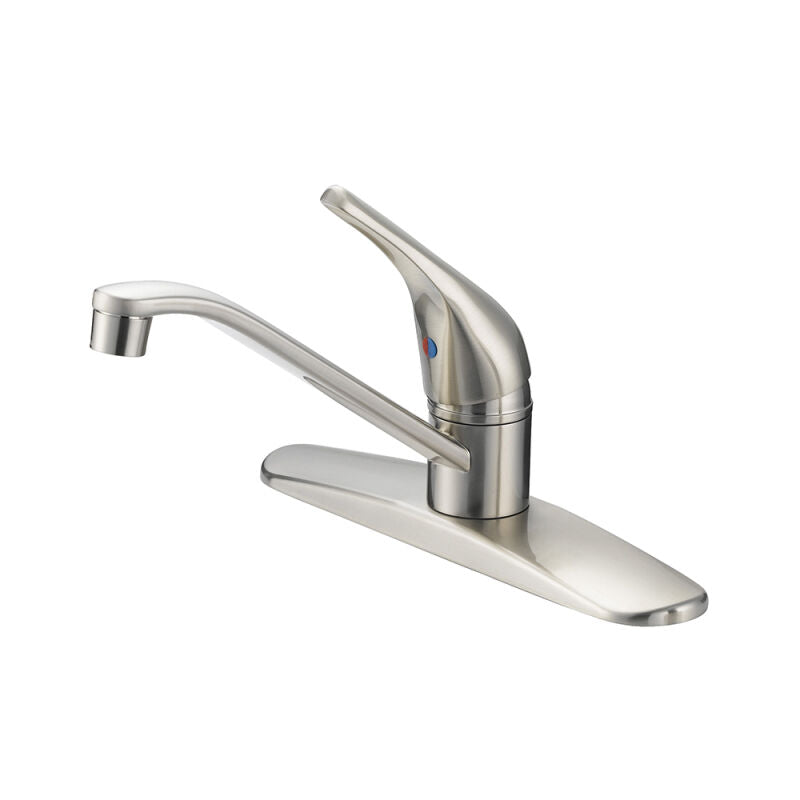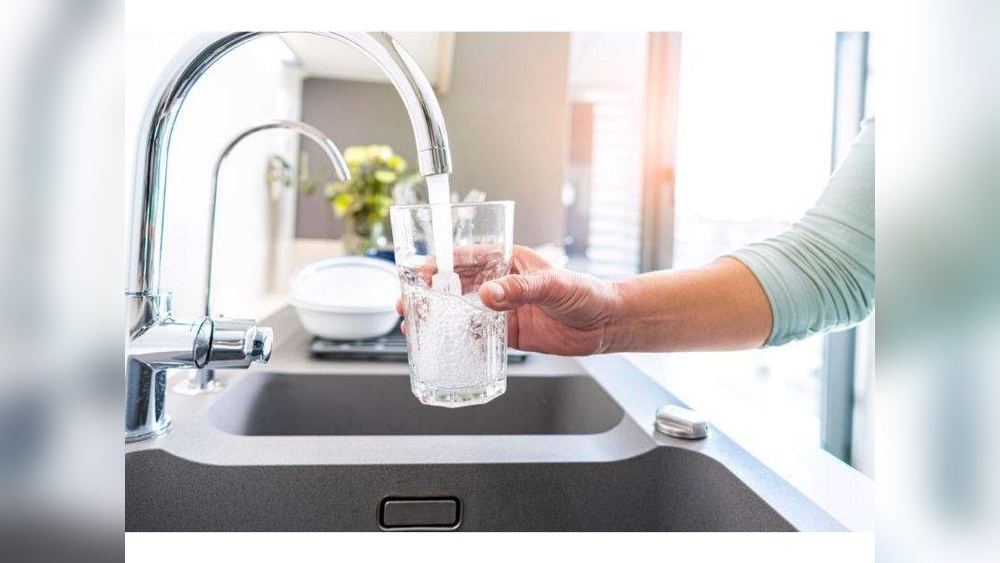When it comes to your kitchen faucet, understanding the maximum flow rate isn’t just about numbers—it’s about how well your faucet meets your daily needs. Have you ever wondered why some faucets feel powerful while others seem weak, or why filling a large pot sometimes takes forever?
The flow rate, measured in gallons per minute (GPM), holds the key to these questions. Knowing the right maximum flow rate can save you water, reduce bills, and make kitchen tasks easier and faster. You’ll discover what the maximum flow rate for kitchen faucets means, why it matters for your home, and how to choose the perfect faucet that balances performance and efficiency for your lifestyle.
Keep reading to make an informed decision that suits your kitchen perfectly.

Credit: www.mscdirect.com
Kitchen Faucet Flow Rates
Improving the flow rate of your kitchen faucet can make daily tasks easier and more efficient. A steady and strong flow helps fill pots faster and cleans dishes better. Many factors affect the flow rate, but simple fixes can boost it quickly.
Replacing Or Cleaning Aerators
Aerators control the faucet’s water flow and mix air with water. Over time, they can get clogged with mineral deposits. Removing and cleaning the aerator often restores good water flow. If cleaning does not help, replacing the aerator with a new one can improve the flow rate.
Upgrading Faucet Fixtures
Old or low-quality faucets may limit water flow. Installing a new faucet designed for higher flow rates can increase water pressure. Look for faucets that meet WaterSense standards while providing enough water for kitchen tasks. Upgraded fixtures also add style and function to your kitchen.
Addressing Plumbing Issues
Sometimes low flow results from plumbing problems. Blocked pipes, leaks, or old plumbing can reduce water pressure. A plumber can check the pipes and fix any issues. Clearing blockages or replacing worn parts can restore proper water flow to your faucet.

Credit: mainlinecollection.com

Credit: www.amazon.com
Frequently Asked Questions
What Is A Good Max Flow Rate For A Kitchen Faucet?
A good max flow rate for a kitchen faucet is typically 1. 8 to 2. 2 gallons per minute (GPM). This range balances water efficiency and performance. Faucets with WaterSense labels often have a max flow rate of 1. 8 GPM, saving water without sacrificing usability.
Is There A 2.2 Gpm Kitchen Faucet?
Yes, 2. 2 GPM kitchen faucets are available and meet EPA WaterSense efficiency standards. They balance water savings with effective performance.
Is 1.5 Gpm Enough For A Kitchen Faucet?
A 1. 5 GPM kitchen faucet meets water efficiency standards and suits daily tasks like washing dishes. It may fill large pots slower but saves water effectively. Check local codes to ensure compliance with flow rate requirements.
How Many Gpm Is Considered High Flow?
A high flow rate is typically 2. 5 gallons per minute (GPM) or more. This rate delivers strong water pressure and faster filling. Many kitchen faucets limit flow to 1. 8–2. 2 GPM for efficiency. High flow suits tasks needing quick water supply but may increase water use.
Conclusion
Choosing the right maximum flow rate helps balance water use and performance. Most kitchen faucets have a flow rate around 1. 5 to 2. 2 gallons per minute (GPM). Lower flow rates save water but may fill pots slower. Higher flow rates give a stronger water stream but use more water.
Always check local rules before buying a faucet. Look for faucets labeled WaterSense to save water without losing power. Understanding flow rates helps you pick a faucet that fits your kitchen needs well. Simple choices can lead to better water use and savings.

